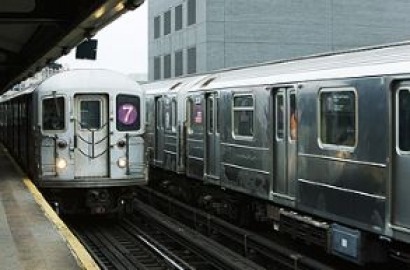
The report – Railway Handbook 2012: Energy Consumption and CO2 Emissions – includes the latest information from the UIC and IEA databases.
The 116-apge publication will be updated annually in order to provide institutions, associations and decision-makers, such as the European Commission and the Partnership on Sustainable Low Carbon Transport, with robust and up-to-date data.
The transport sector is responsible for nearly one quarter of all energy-based carbon dioxide (CO2) emissions worldwide, mainly due to road traffic. Total transport CO2 emissions have constantly increased since 1990 and all transport modes – except railways – have increased their greenhouse gas emissions from fuel combustion. Railway companies operating worldwide produce less than 1 percent of the total CO2 emissions caused by the transport sector.
The report notes that railways have improved energy efficiency significantly over the last two decades by, for example, filling trains more effectively and deploying more fuel efficient rolling stocks (vehicles that move on a railway). In 2009, 13 percent less energy was needed to move a passenger over a kilometre and 19 percent less energy to move a tonne over a kilometre, compared with railway figures from 1990.
Due to their low-carbon performance, both the IEA and the UIC – which represents over 200 railway companies and associations across the world – argue that railways are an important means of achieving sustainable mobility; transporting people in an environmentally friendly manner.
For additional information:

